Popcorn Time For iOS, iPhone Download { No Jail Break }
Popcorn Time For iOS App: Until now, to enjoy all the advantages offered by Popcorn Time on the iPhone or...


Smile Design is a craft; a piece of art that, through science and technique, can create the perfect individual smile design. Proper aesthetics is a highly individual goal, softer features or a vigorous dominant demeanour will be reflected in a smile, displayed through size and shape of a patient’s teeth. The same basic rules apply when making someone’s smile look good. The front teeth should be dominantly displayed to create a harmony with the rest of the face – this is where science meets art.
Cosmetic Dentistry is all about improving the smile: tooth whitening, straightening, crowns, veneers, cosmetic dentures, etc. However, the smile is not just about teeth, but improving the muscle tone and the slackness of the face that can come with age or with poor tooth structure. Smile design is essentially a dental facelift. Facial rejuvenation through dentistry has an amazing anti-ageing effect. Teeth are vitally important when it comes to smile design, but the gums and the lips need to come into consideration when dealing with the overall frame.

Even when this is not 100% possible, the illusion of symmetry should be created. The front two upper central incisors should be symmetrical in size, length and shape.


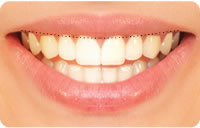
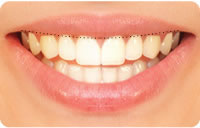
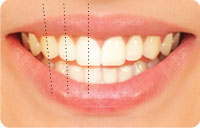
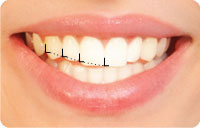

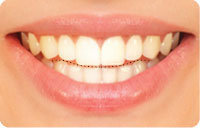
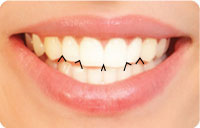

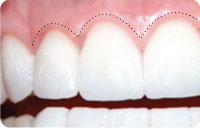
Dentistry is no longer just a case of filling and taking out teeth. Nowadays many people turn to cosmetic dentistry, or ‘aesthetic dentistry’, as a way of improving their appearance. They do this in the same way they might use cosmetic surgery or even a new hairstyle. The treatments can be used to straighten, lighten, reshape and repair teeth. Cosmetic treatments include veneers, crowns, bridges, tooth-coloured fillings, implants and tooth whitening.
Popcorn Time For iOS App: Until now, to enjoy all the advantages offered by Popcorn Time on the iPhone or...
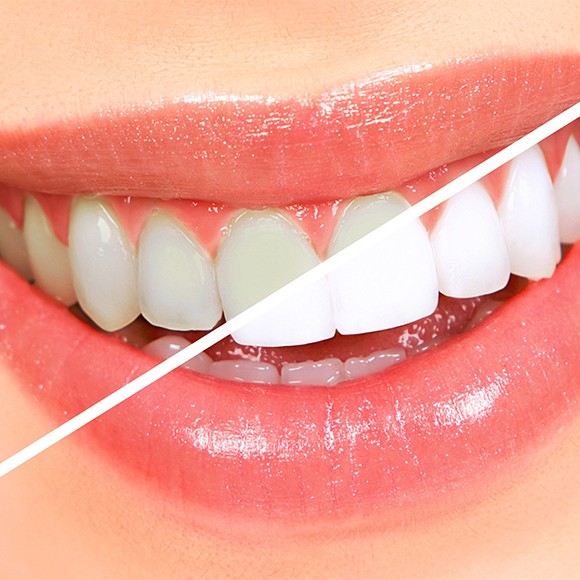
Whitening, or “tooth bleaching”, is the most common cosmetic dental procedure. While many whitening options are now available, including over...